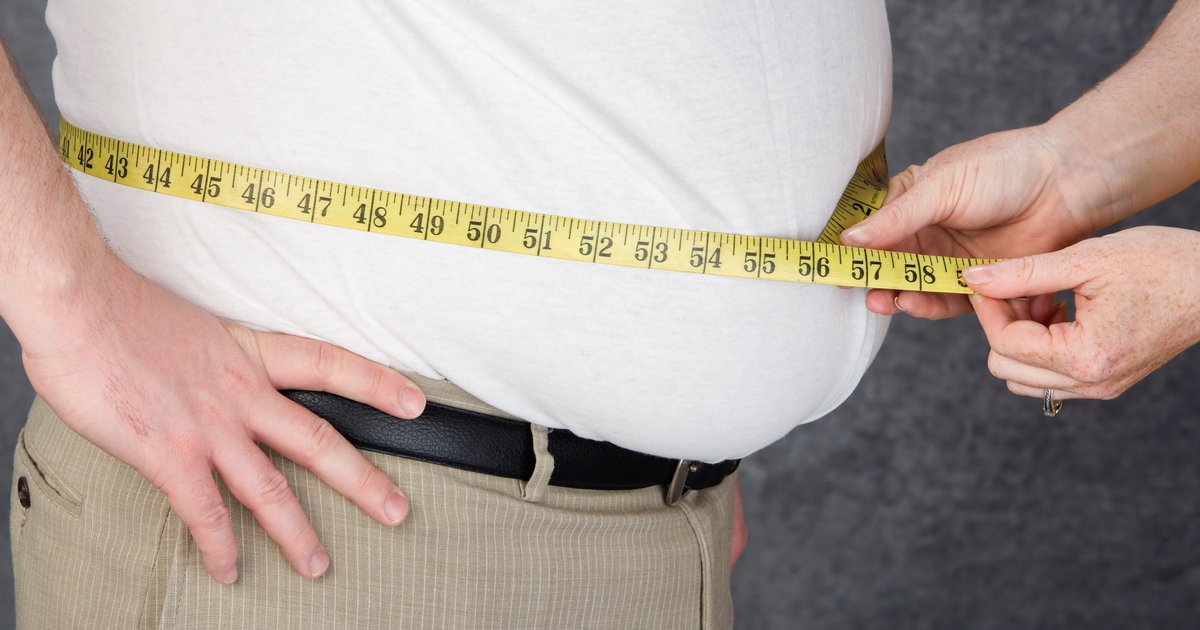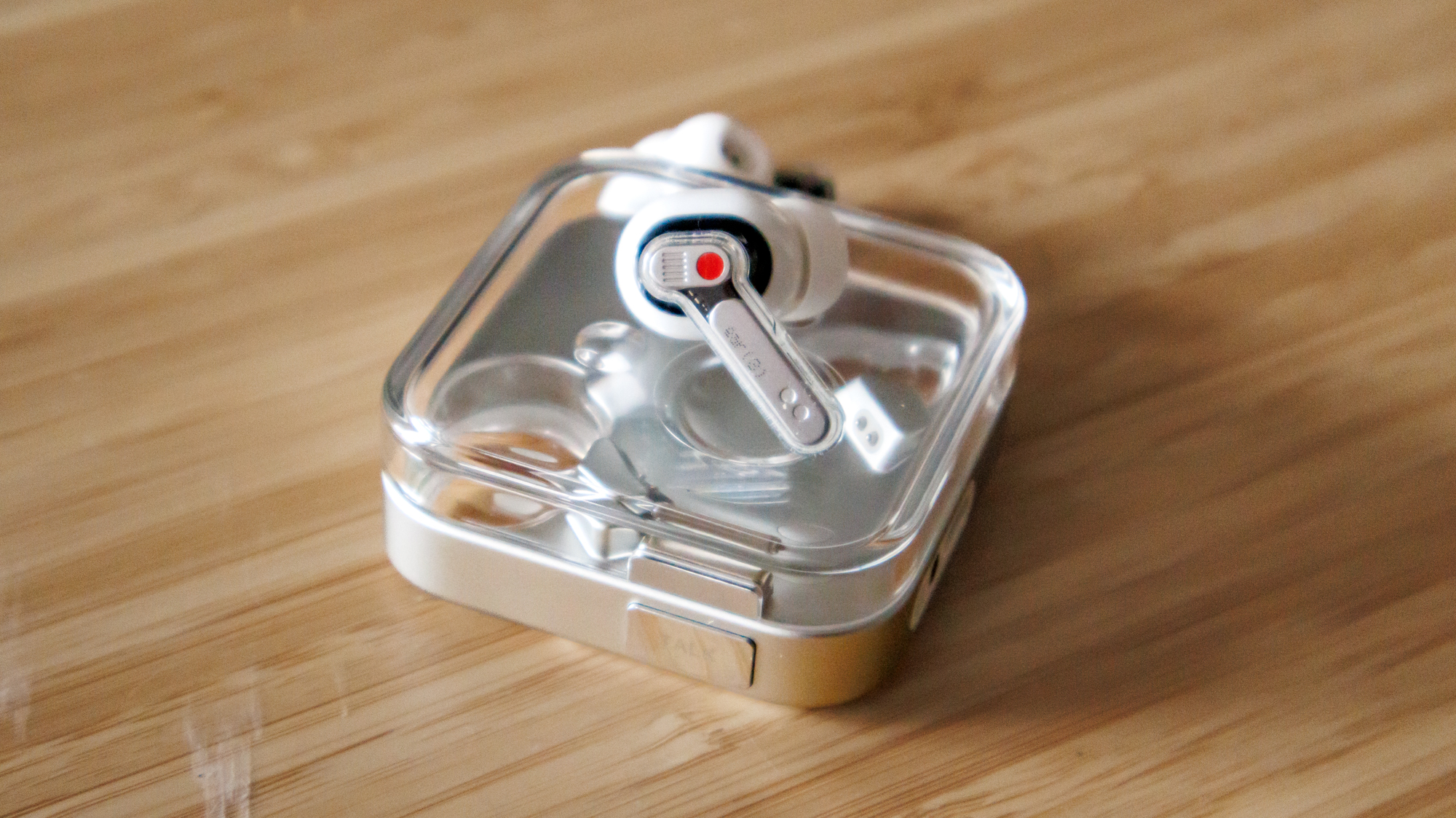Belly fat is common as men age, but it raises the risk of many health issues. Here’s how to reduce it
By Louis Bezich
Copyright phillyvoice

Among the toughest challenges for men over 50 is weight management, with perhaps the most sensitive and common being controlling the size of our bellies. Nothing calls out our age more than a projected gut. Aesthetically, it’s not a good look, but more importantly, it can be a harbinger of serious health problems. Trimming back the size of our stomachs can not only result in a more virile look but also help reduce the risk of disease.
The Mayo Clinic calls belly fat in men a serious and common problem, especially as we age. A large amount of belly fat raises the risk of high blood pressure, sleep apnea, heart disease, cancer, stroke and early death from any cause. What makes belly fat particularly dangerous is a second layer of fat — called visceral fat — deep inside the abdomen that surrounds our internal organs.
MORE FROM LOUIS BEZICHWorried about cognitive decline? Regular exercise and a healthy diet can cut your riskWalking is a great way to improve your health, and it’s easy to add it to your daily routineA healthy lifestyle requires flexibility — especially when injuries take a toll on your workout routineMany young adults say they value health over wealth, and older generations should encourage this pursuit
Belly fat also can affect our mental and emotional health. The National Council on Aging reports that excess weight in older adults can result in struggles with depression and other mental health disorders. The organization points to a study showing adults with excess weight had a 55% higher risk of developing depression. Not pretty. The impacts are real.
While our genes can add to our chances of being obese or overweight, the primary cause is our lifestyles. Contributing further, according to the Mayo Clinic, is the aging process, loss of muscle mass and a decline in the speed with which we burn calories. If we are not physically active, it becomes more difficult to maintain a healthy weight. A diminishing need for calories highlights the point. “When men are in their fifty’s, they need about 200 fewer calories a day than they do when they are in their thirty’s,” the Mayo Clinic says.
Other culprits include age-triggered hormonal changes. Florida-based Mercy Medical Wellness cites lower testosterone levels in men as a prime example. Speaking to the accumulation of visceral fat in men, the journal Frontiers in Physiology says that “of all the factors contributing to the accumulation of abdominal visceral fat, lifestyle is arguably the most important.” The experts’ advice? In addition to exercise, try eating several smaller meals. The journal cites studies that found higher-calorie consuming “nibblers” accumulated less abdominal fat than lower calorie-consuming “gobblers.”
The moral of the story is that our lifestyles hold the key to influencing our health, as we have seen in so many of the studies and diseases I’ve reviewed in this column. We now can add belly fat to that list.
Is your belly too large?
Nick Holt, a personal trainer in Costa Rica, doesn’t pull any punches. He acknowledges the links of belly fat to mortality and considers it one of the biggest struggles for men over 50. He calls it “a health crisis waiting to happen.” Still, Holt believes that men can rid themselves of their belly fat and built a vibrant life. His antidote echoes that of others — diet, exercise and lifestyle.
But before we jump into a review of the top dietary and exercise strategies, just what is too big when it comes to our bellies?
So, setting aesthetics aside, from a medical perspective, how do you know if your belly is too big? The Mayo Clinic says your waist circumference answers the question.
To get a good measurement, the Mayo Clinic recommends you stand up and wrap a flexible measuring tape around your stomach, just above your hipbones. Then pull until the tape until it’s snug, but doesn’t press into your skin. Make sure the tape measure is level all the way around.
For men, a waist circumference greater than 40 inches is an indicator of an unhealthy amount of belly fat and increased risks of health problems. For women, it’s 35 inches. Now, this doesn’t mean that a waist of 38 or 40 inches is necessarily a good thing, and that you shouldn’t try to reign in your waist a bit. But from a medical standpoint, you now know when the threat to your health is serious.
Dietary tips for losing belly fat
The AARP offers four dietary tips for men over 50 looking to loose belly fat: cut down on sugar, eat a plant-based diet, limit ultraprocessed foods and intermittent fasting.
Sugar is one of the leading causes of belly fat, because it’s often hidden in other foods. According to AARP, we only need to get about 10% of our daily calories from sugar but typically get about 40%.
Plant-based foods reduce belly fat by improving insulin sensitivity and reducing inflammation. Beans, lentils, peas and chickpeas provide fiber and plant protein, which can lower the risk of obesity.
Ultraprocessed foods have been linked to obesity, greater risk of dementia and death from heart disease, but consumption continues to rise. Again, cutting back on cereals, snacks, frozen foods and sugary drinks can improve your waistline and reduce your risk of disease.
Finally, intermittent fasting may be a bit more challenging but offers another way to cut belly fat. Options offered by AARP include restricting eating to a certain amount of time per day, brief continuous fasts and alternate day fasting, in which you only consume 500 to 600 calories on two nonconsecutive days in a week. A key is limiting any snacks during fasting to “a mix of high-fiber chia seeds, almond milk, avocado oil and stevia, a natural sweetener,” the AARP notes.
Exercise tips for losing belly fat
Speaking to men over 50, the Cleveland Clinic says that “getting stronger, feeling better and staying active isn’t just possible — it’s doable.” Their recommended activities include a 30-minute brisk walk, biking, swimming or dancing. Breaking a sweat consistently is the goal more than intensity.
As for building muscles, the Cleveland Clinic repeats its advice for consistency and recommends starting with five or six exercises done regularly to establish a routine. Squats, push-ups, and planks are a terrific way to begin. You later can add dumbbells and build from there. Finally, flexibility matters, so stretching is critical, especially for your lower back and hamstrings.
A bit of tough love
Belly fat, beer bellies, pot bellies — you might say I’m being overly dramatic by pointing out what may be considered an accepted fact in older guys. After all, the struggle to restrain the growth of our waistlines is not exactly breaking news and the profile of the older guy with a bit of a gut might is a stereotypical American image.
That said, given that there are medical consequences, I’d argue that it’s time for another installment of tough love for my 50-plus brothers.
We don’t have to accept the stereotype. The implications go beyond men and extend to our families. Agreed, at our age it’s not easy to impose discipline and stick to a plan. Still, the value proposition is enormous — physically, mentally and socially.
Take a crack at it. Engage your loved ones in your diet and exercise and attack that belly fat. You can do it.



